Suddenly we do not grow old, suddenly “one child” is born / the elderly country is a dependent country

Group Z.ندگی; نعیمه جاویدی: What exactly are we talking about when we talk about population aging? What does it mean to say that if the plans for the betterment and rejuvenation of the population are not done properly and the people do not participate and support it for any reason, we will wait for another three decades for the “aging tsunami” to occur in the country? A little explanation is needed. This means that one in three Iranians is elderly and over 65 years old.
An elderly person has worked hard for his community and family for a lifetime, and it is natural that he will not be able to work after this age due to reduced physical strength. Statistics show that every elderly person needs an average of 2 to 5 caregivers. What has happened, we are witnessing and we are afraid of the future, is not a sudden increase in the elderly population, but a gradual and continuous decrease in the number of births. In other words, this is one of the complications of the sudden emergence of an only child in society. But since when has Iran’s aging increased and what can be done? Where is the current and future position of Iran in the field?

Japan; It has become the oldest country in the world
Maybe before observing the situation in Iran, it is not bad to know a little more about the aging situation of the world. Japan tops the world’s oldest countries and is the world’s oldest country with a population ratio of 30% elderly. The three main factors that made the land of the sun and the ocean reach where it stands today; World War I and the killing of young people, the second non-replacement of this population, the declining trend of birth rates due to industrial growth and its drastic change from Eastern to Western culture of increasing celibacy, keeping pets instead of children, the prevalence of immoral ways of living together Youth and lack of desire to become parents. The third reason is the increase in life expectancy in this country, which has reached the “stability of the elderly population” in the age pyramid, and this means a “negative recession” of the population. Today, people over the age of 65 make up about a quarter of its population, while people over the age of 65 will make up a third of Japan’s population in the next few years.
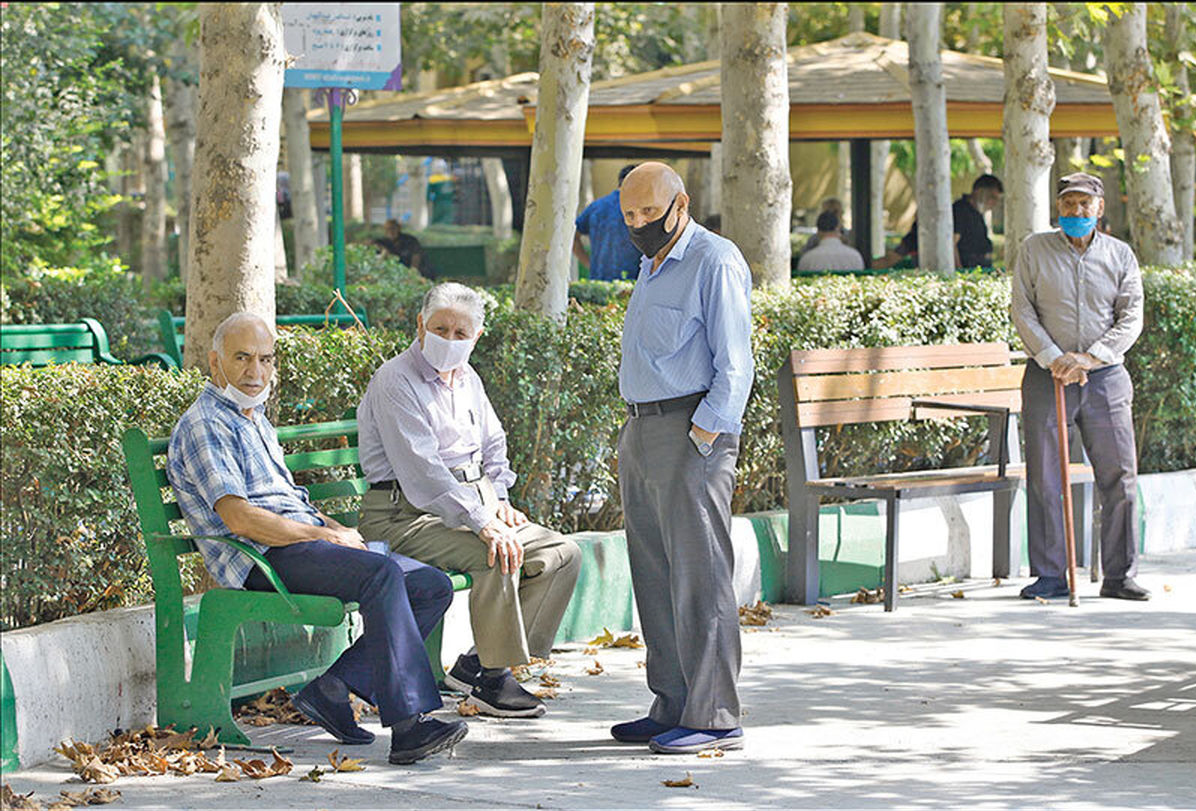
Increasing the retirement age is a complication of population aging
The increase in the elderly population in Japan has forced the government to raise the retirement age. That age was 60 years ago and has now risen to 65. With the stability of the elderly population, the birth rate inevitably decreases sharply. In the beginning of the population aging, it can be compensated in one or two decades, but in this stage, ie the stability and negative stagnation of aging, the compensation becomes harder and longer. In other words, we need twice as much time. The phenomenon of aging population and loneliness of elderly parents in this East Asian country has caused strange things to happen. For example, some elderly people commit small and worthless thefts to escape loneliness just to be arrested and cared for there. To come out alone …

Where are we and how old are we?
After Japan, Italy with 23 percent and Portugal, Finland and Greece with 22 percent of the elderly population, are the second and third largest countries in the world. In Iran, this figure is about 9% and our country is now the one hundred and second oldest country in the world, which unfortunately due to the slow and declining fertility rate and number of births, as well as entering the period of aging, will get older. To compensate for this situation, our country has only two decades to prevent the occurrence of a “population tsunami”. It is predicted that if the birth trend is like this, by 2050 AD, ie 1430 AH, the elderly population of the country will reach more than 30% of the total population and Iran will experience the position of old Japan today and leave it behind.
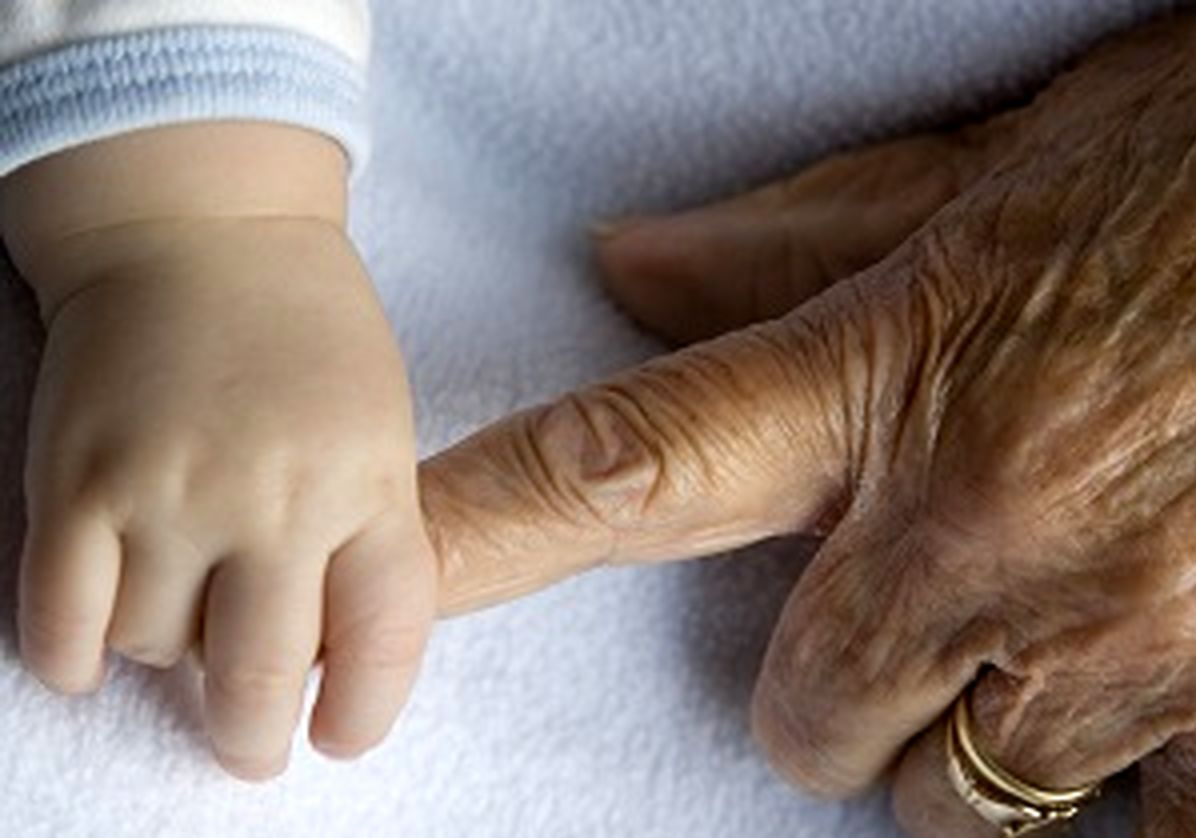
We are 10 years old in the last 60 years
A global estimate shows that the world population is getting five years older every 70 years in Iran, but unfortunately due to the pre-revolutionary population decline policy and its continuation, as well as the Iraq-Iran war and the killing of a significant number of children. And young people, we have seen that the population of Iran has grown 10 years older in the last 6 decades. This is more than double the global average, which accelerated the aging rate of the population. But what is the solution? Promoting a culture of marriage, reducing the age of marriage, easy marriage and encouraging childbearing seem to be the best and most possible strategies to focus on to keep Iran young. But what is the population tsunami mentioned? It is related to the time when the growth rate of aging is higher than the average growth rate of the entire population of the country. A population tsunami alarm has been sounded for Iran since 2015 and it is predicted that it will occur by 2050 if it is not managed properly and there is no public participation.
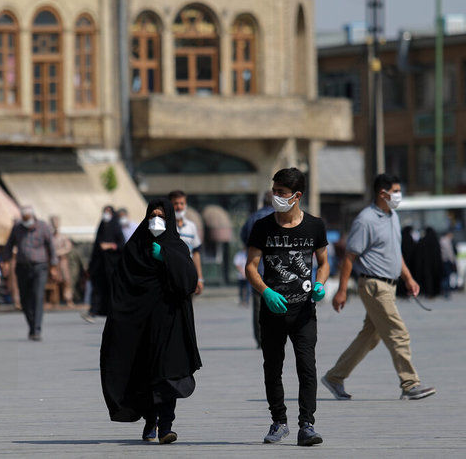
Monitoring and planning for population density maps
One of the points that societies pay attention to today based on their strategic priorities, and our country should also study it, is to pay close attention to the map of “diversity, density and dispersion” of the population, foresight for the geographical distribution of population, age, ethnic composition. , Is religious and gender. The centers of population growth in the past few years should be known. Also, the cities and provinces that had the lowest birth rates to examine why and why. These will help not only to provide the young population of the country in the future, but also to achieve a favorable demographic and cultural balance. On the other hand, it was not faced with population density in some provinces and the consequent lack of land for housing or lack of jobs for the next generation. The study of “immigration”, “immigration”, “border settlement” and “centralization” are other factors affecting the country’s population map that must be monitored and planned.
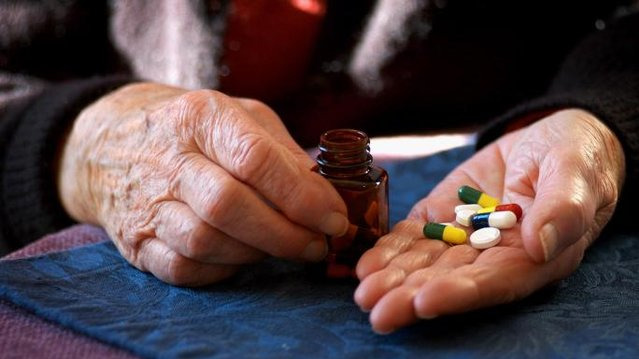
The old country is the consumer country
Decrease in birth rate has other meanings and effects besides the country entering the threshold of population aging. This reduces the country’s population needed for employment, production and economic prosperity because the working population has shrunk between 15 and 60 years. It does not take long for such countries to become “importing” countries in various fields following the reduction of production, if they could taste “self-sufficiency” and “exports” in the same fields, supported by the benefit of young and creative labor. . Contrary to popular belief, older countries are consumer countries, with the difference that they are not consumers of services and for-profit goods, which restricted or eliminated their imports as soon as political and economic problems arose with the exporting country. In order to maintain health and survival, the elderly need essential and important services and goods, such as medical goods, medicine, etc., which cannot be easily cut off. The elderly country should devote a significant portion of its foreign exchange capital to the import of these goods, while it may also face the need for investment and capital shortages in other areas.
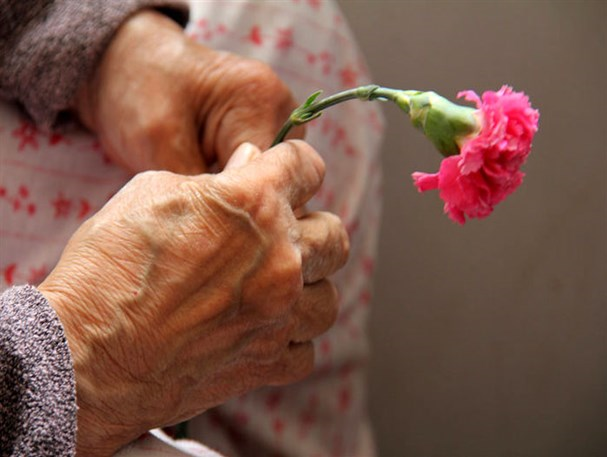
Did less children get a better life ?!
Increasing consumption means increasing dependence and this issue has a very negative effect on the strategic positions of the elderly country. “Elham Fathi” in the book “The phenomenon of aging population in Iran and the future” with emphasis on the importance of this issue has other things to say. One of the interesting points is that in today’s modern and advanced world, socio-economic development has led to a decrease in population growth and an increase in life expectancy, but not an increase in births! If before this the presence of the elderly in Iranian families was “valuable”, “focal point” and “valuable” of the family, in the future “stagnation and stoutness” of the elderly in the population pyramid can even damage this position.

Examining numerous articles published in foreign media and combining them with domestic reports, it can be concluded that what has challenged the world today, in addition to declining birth rates, is the lack of population balance, which, of course, coron It is fueled and its negative effects can be experienced in the next one to two decades. At one time, “fewer children” was a promise and slogan for a “better life”, but today many countries that implement it believe that this plan has negative consequences such as increasing isolation, shaking the position of the elderly and parents, filial piety, a sudden decline in the world’s young population. And has followed to become a mother.

Aging and rising health care costs
A simple estimate shows that the needs of the elderly in the field of health and treatment are 5 to 10 times higher than those of the middle-aged and young. The four leading causes of death in today’s society are “high blood pressure”, “diabetes”, “smoking” and “cancer” and finally “poor diet”. Factors that threaten the life and health of the elderly more than other segments of the population. 80% of people with various cancers are elderly. 13 out of 20 elderly people have high blood pressure and 6 out of 10 elderly people have diabetes. Aging is a period of fragility of physical health. On average, each elderly person needs 2 to 5 people to care for. On the other hand, the personal expenses of an elderly person are twice and more than those of a young person. The cost of caring for the elderly is between 3 to 6 million tomans per month, depending on whether the nursing homes are private or public. These costs are exacerbated by the employment of a full-time nurse and in-home treatment.

Do the elderly remain the eyes and lights of the family?
Leaving aside the abacus of financial calculations, increasing the number of elderly people indirectly has an adverse effect on reducing the dignity, social and family status of these people. As you grow older and your body’s physiology changes, the secretion of hormones and the slowing down of your brain’s function slows down. Previously, in families with an average of at least 2 to 5 children, the presence of an elderly person was possible and cared for, especially since among several families, one family was responsible for caring for the elderly. This gave him a significant position and respect. The grandchildren became acquainted with their grandparents. The rest of the tribes would visit their homes to see the elders, but the old population would not be able to do so.
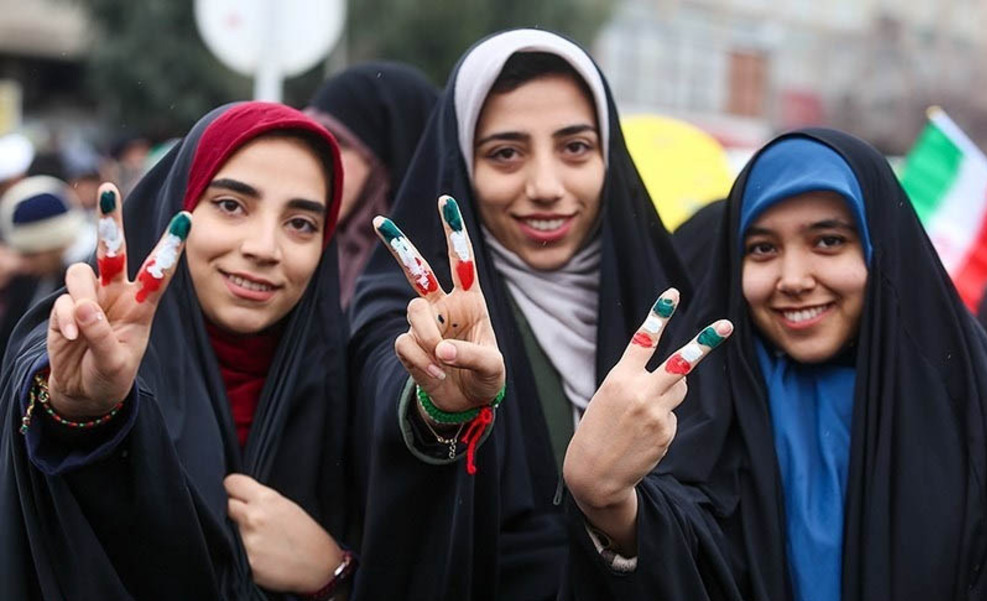
Population rejuvenation and excellence; Respect for the elderly
If by 2050 one in three people is over 65 years old, the story of the position of the elderly in society will be different. When the number of elderly people in the home increases while the young population has decreased and the families have become sparsely populated and have only one child, how can one expect the elderly to be taken care of and respected ?! The elderly are a mature person with a vision for any society, whose experiences can help the younger generation to be more productive and their families cleaner. When the number of elderly people increases and the number of caregivers decreases, the elderly person will inevitably suffer from inactivity, hidden and overt depression. The elderly are not a burden on society and this feeling should not be passed on to them. Monitoring and planning for the excellence and rejuvenation of the population even play a role in maintaining the dignity of the elderly in society.
End of message /
You can edit this post
Suggest this for the front page
.

